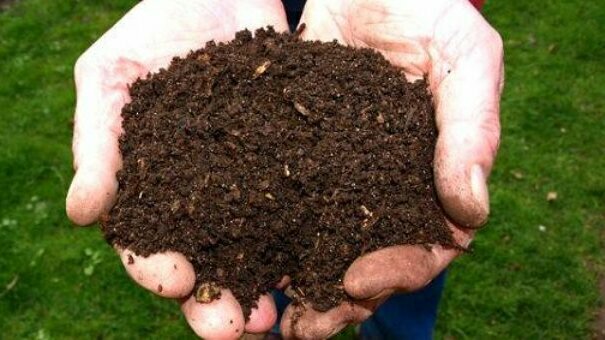Role of humic substances on soil redox state

The structural and chemico-physical characteristics of humic substances, a recalcitrant fraction of organic matter resistant to degradation, are influenced by pedogenetic factors and, especially in transition environments (e.g. estuaries), also by the oxidation-reducing conditions of the soil.
Humic substances are divided into humic acids, fulvic acids and humin. The humic acids are the fraction most involved in supporting microbial respiration in anoxic soils.
In cultivated soils, the ability of humic acids to donate (electron donor capacity - EDC) or accept electrons (electron acceptor capacity - EAC) can be regulated by the type of agricultural practice. The properties of humic acids are in fact influenced by the quantity and quality of the organic contributions, and by the intensity of the processing.
This project aims to examine the structural and functional differences of humic acids extracted from soils subjected to different species covers, different redox regimes, or different management of land or fertilization type, in order to highlight the environmental and agricultural significance of their redox state.
What we demonstrated?
Recently, we have experimentally demonstrated how humic acids are one of several options to sustain climate change mitigation actions! Although we are aware of the fact that a single strategy cannot solve all the future challenges, we are confident that this research topic can offer many opportunities.
Our experimentation led us to compare the effectiveness of the application of humic acids salt affected soils, simulating the accumulation of salts in arid and semi-arid terrestrial soils mostly due to strong evaporation, rather than in coastal areas where salinization is the consequence of marine introgression. Humic acids mitigated salt stress only in simulated arid soils, where the change in pH has a key role. We also compared different types of humic acids, derived from different natural and non-natural organic compounds, and all returned promising results (Figure).
Work continues to better clarify the mechanisms underlying this process and to identify the best applications in the field.

